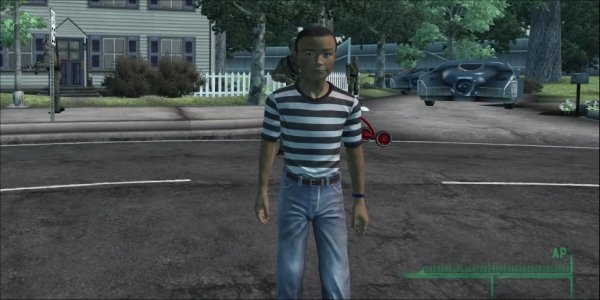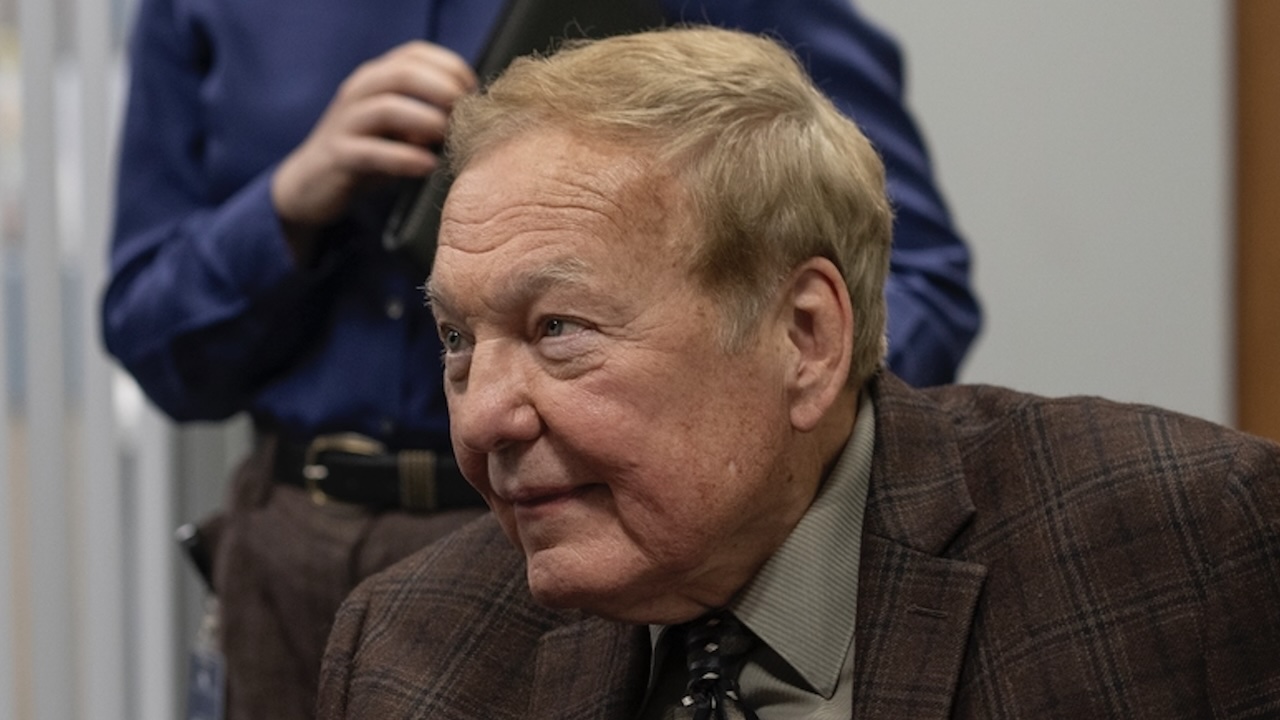Deep Dive Into Fallout 3 Reveals Several Hidden Secrets

Bethesda Game Studios' Fallout 3 came out way back in 2008. The game was highly lauded at the time for taking the isometric turn-based strategy game set in a post-apocalyptic setting and giving it a third/first-person overhaul. Believe it or not, the game is still being played to this day with people looking for Easter eggs and special trinkets, and some of them actually managed to find some new hidden secrets.
There's a 15 minute video that was posted on Shesez's YouTube channel. It features a deep dive into all of the special little hidden secrets within Fallout 3 that most people probably missed the first time, or second time, or third time that they played through the game. The hook for the video, though, is that it's all about the mysteries and secrets that were outside the boundary of normal gameplay, so all of these discoveries were made by clipping through the barriers.
It starts with the infamous subway on the player head scenario, when Bethesda -- instead of making an actual subway -- created an item that equips a subway onto the player's head and then places the camera in first person to give the impression that the subway is moving.
The next hidden secret is a look at the player character's mother, who appears off-screen during the opening cinematic. Shesez brightens the lighting in the room so you can get a full look at your mother, which will surely have some players scratching their heads.
The third hidden secret is a texture scroll technique many developers use for scrolling texts and display screens. For instance, the VaulTec projector in Fallout 3 is actually just running a texture scroll script with a really, really long texture featuring the different slides. This is similar to another hidden secret that involves the Pipboy on the NPCs, where it has a black screen when it's turned off but the texture changes to a green screen featuring the Vault Boy when they're actively using it. These kind of texture tricks are common throughout development to save on resources and programming, or avoid creating complicated mechanisms to perform simple tasks. Some of these problems have been solved with the use of features like the Blueprints in the Unreal Engine 4, which makes it a lot easier to create functions, swap textures, and create complex mechanics using simple drag-drop GUI tools.
Shesez also takes a look at what's on the other side of loading screen doors, elevators, and tunnels. Basically it's just some sky dome textures on the other side of the area.
One of the more interesting segments is when he heads inside the pods and tries to talk to the NPCs in the pods, including the player-character's dad and Braun. Talking to them, though, is far less interesting than actually getting into the pod. Braun has a generic voice and no real dialogue, while the player character's dad has nothing to say.
Your Daily Blend of Entertainment News
The video also covers how the main quest markers work, which are very similar to the way Gearbox set up the quests in Borderlands, with off-screen references for the quest triggers. And, speaking of off-screen... some gamers wanted to know what the end of the world looked like in Fallout 3, but it doesn't really seem to have an end, it just keeps going once you get outside the boundary, but only small square blocks load within the fulcrum of the player, so all the other parts of the world are culled from rendering.
One of the more fascinating out of bound secrets is the spaceship Zeta scenes. It really has nothing to do with the game itself, it's just that the way Bethesda designed the skybox around the mothership includes a flat Earth... so yeah, I'm sure some people somewhere are proud that there's a flat Earth that exists... in digital entertainment.
There are some other cool little tricks and design systems in place that Bethesda used to bring Fallout 3 to life that the video covers. For people who are curious about the way game design works they will probably find the episode to be highly illuminating.
Staff Writer at CinemaBlend.

